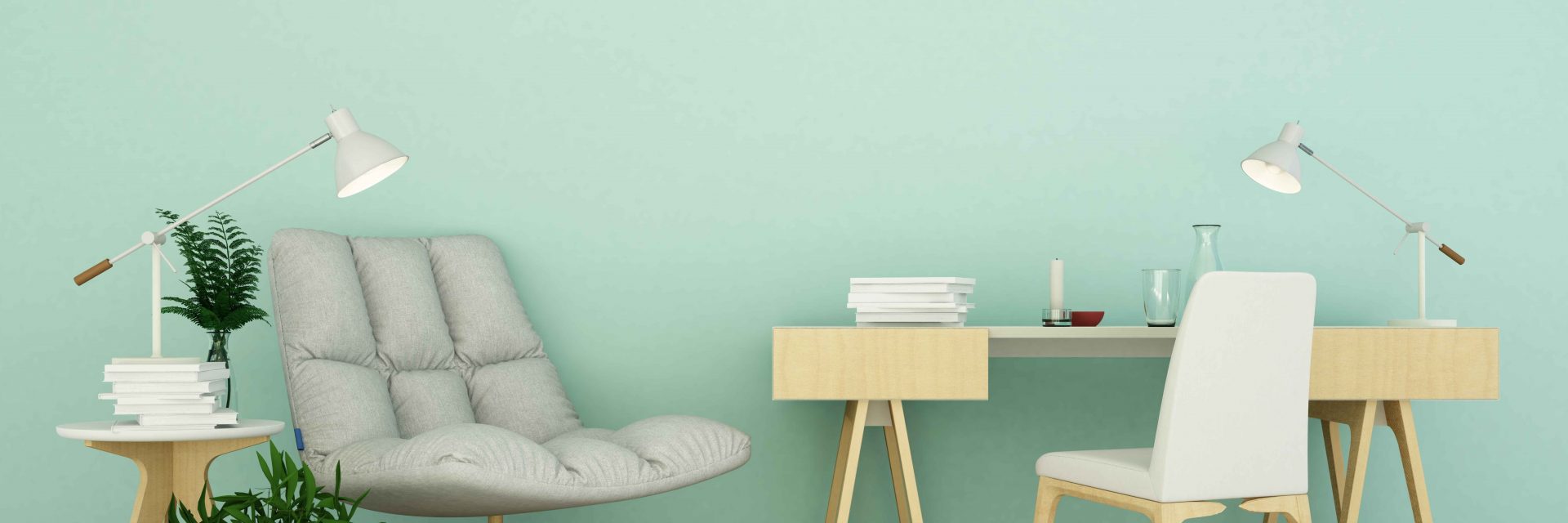When paint, you could unknowingly make usual blunders that could impact the last look of your project. From choosing the right paint shade to making certain appropriate surface area preparation, each step plays an important duty in achieving a flawless coating. By comprehending these risks and finding out how to avoid them, you can boost your paint abilities and produce an area that genuinely reflects your design and focus to information.
Incorrect Paint Color Option
Selecting the ideal paint color is important when it involves attaining the wanted search for your space. It establishes the state of mind, improves the ambiance, and links the room together. The incorrect color selection can cause a space that feels unbalanced or clashes with the rest of your decor.
Before selecting a color, think about the all-natural illumination in the room, the purpose of the area, and the existing colors of your furnishings and accessories.
To prevent the blunder of choosing the wrong paint shade, begin by testing out examples on your wall surfaces. Paint can look various in different illumination problems, so it's vital to see exactly how the shade shows up throughout various times of the day. Furthermore, do not fail to remember to consider the touches of the paint color.
Warm undertones can produce a comfortable atmosphere, while trendy touches can make an area really feel more spacious and airy.
Inadequate Surface Area Prep Work
Poor surface area preparation prior to painting can dramatically affect the final result of your job. Avoiding or rushing through this essential step can bring about various issues such as poor paint attachment, unequal structure, and early peeling or breaking. To guarantee an effective paint task, take the time to effectively prepare the surface area before diving right into the fun part of using the paint.
Beginning by extensively cleaning the surface to eliminate any type of dirt, dirt, grease, or mold. Fining sand the surface smooth can help produce a far better bond for the paint to stick to. Fill any openings or fractures with spackling compound and sand them down once dry.
It's additionally vital to prime the surface prior to repainting to guarantee better protection and resilience.
Disregarding appropriate surface area preparation can result in a below average surface that might call for expensive touch-ups or perhaps a complete redesign. By spending time and effort into preparing the surface appropriately, you can attain professional-looking results that will certainly stand the test of time.
Poor Paint Quality Choice
Before embarking on your paint task, it's important to pay close attention to the quality of the paint you select. Poor paint high quality can cause a variety of concerns, including unequal coverage, color inconsistencies, and early wear and tear. When choosing paint, go with credible brand names recognized for their longevity and shade consistency. Less costly paints may appear like a cost-effective selection at first, yet they typically do not have the essential pigments and binders for lasting outcomes.
Low-quality paints can additionally cause poor attachment to surfaces, causing peeling or chipping right after application. Furthermore, these paints might require even more layers to achieve appropriate coverage, ultimately costing you more time and money.
To avoid these mistakes, purchase top notch paints particularly developed for the surface area you're repainting, whether it's wall surfaces, trim, or furnishings. By selecting premium paint items, you can guarantee a smooth application process and a professional-looking finish that will stand the test of time.
Uneven Paint Application
To achieve a professional-looking surface on your painting job, making sure an even paint application is necessary. Irregular paint application can result in noticeable brush strokes, streaks, and a total unprofessional look. To prevent click over here now , see to it to effectively prepare the surface prior to paint. Fill in any kind of openings or splits, sand rough locations, and tidy the surface area completely.
When applying the paint, make use of smooth and constant strokes to produce a consistent insurance coverage. Stay clear of overloading the brush or roller with paint, as this can cause drips and irregular patches. Furthermore, work in little sections and blend each new section with the previous one to preserve a smooth finish.
If using a roller, make certain to equally disperse the paint utilizing a "W" or "M" pattern before rolling in a single instructions for a smooth outcome. Making the effort to make sure an also repaint application will substantially enhance the general look of your painting job.
Neglecting Proper Cleaning
Falling short to effectively tidy up after completing a painting job can cause a selection of problems that could have been conveniently stayed clear of. Disregarding proper clean-up can lead to dried out paint on brushes, rollers, and trays, making them difficult or impossible to recycle. Leaving paint containers open or incorrectly secured can bring about early drying out of the paint inside, wasting your sources. Furthermore, not cleaning spills or splatters without delay can trigger discolorations on floorings, furniture, or other surface areas that may be challenging to eliminate later.
To stay clear of these issues, see to it to cleanse your painting devices thoroughly after each use. Use appropriate cleaner for the kind of paint you made use of and follow the maker's instructions. Seal paint canisters snugly to avoid drying out and save them in a cool, dry place. Address spills promptly with a moist towel or sponge to avoid them from establishing.
Proper clean-up not only keeps the high quality of your tools and products yet additionally makes certain a tidy and organized work area for your next paint task.
Final thought
To conclude, by avoiding usual painting mistakes such as picking the wrong paint shade, poor surface area preparation, bad paint high quality choice, unequal paint application, and neglecting appropriate cleanup, you can accomplish an expert finish in your area. Remember to very carefully consider all facets of the painting procedure to make sure a successful end result. Satisfied painting!
